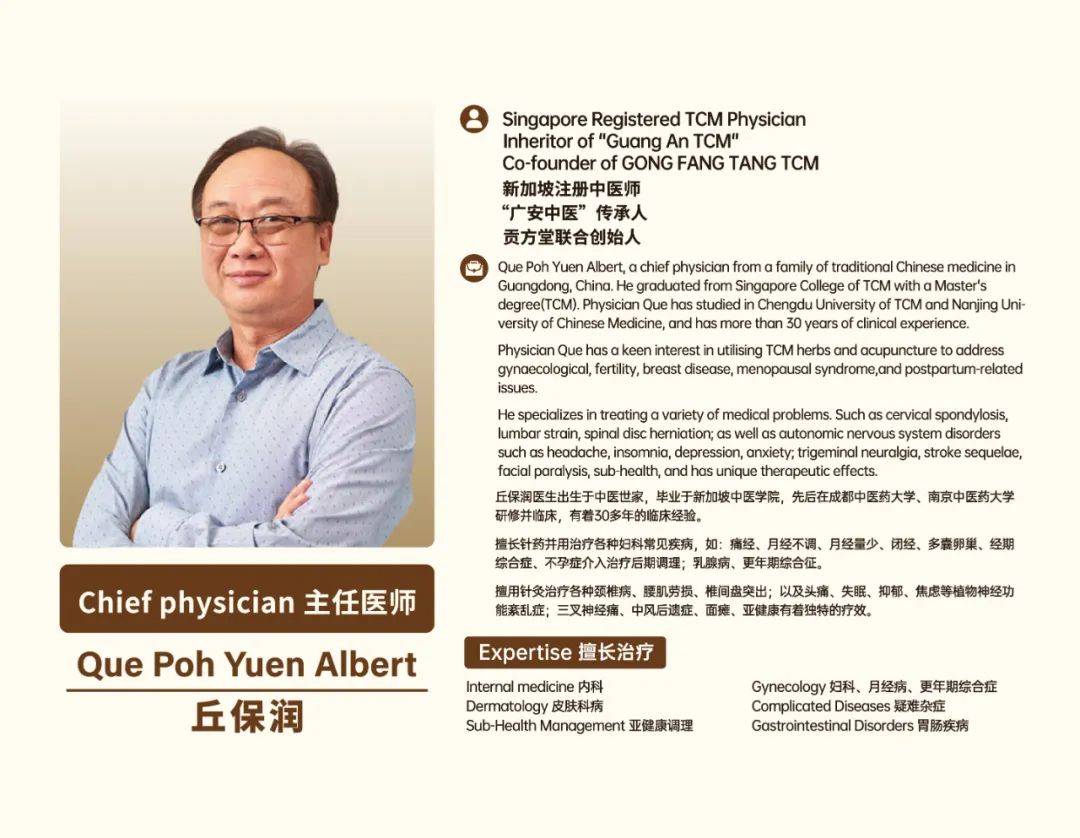- Physicians
- Clinics
- TCM
- Western GP
-
Fees
-
Deals & Privileges
- About & Resources
- Contact Us
Recently, netizens spotted Jay Chou in Japan wearing a black hoodie with a slightly hunched back. Subsequently, the topic "Jay Chou Ankylosing Spondylitis" surged to the top of Weibo's hot search list.
Ankylosing spondylitis (AS) is a chronic systemic inflammatory disease that primarily affects the spinal and peripheral joints. It predominantly occurs in young males, typically under the age of 35, and can onset as early as 15 years old. The disease has a familial genetic tendency and is strongly associated with the HLA-B27 gene.
Typical joint symptoms include lower back pain, nighttime pain, pain at rest, and morning stiffness in the back that improves with activity. Beyond these, patients may also experience extra-articular symptoms such as eye inflammation, abdominal pain, diarrhea, and mouth ulcers.
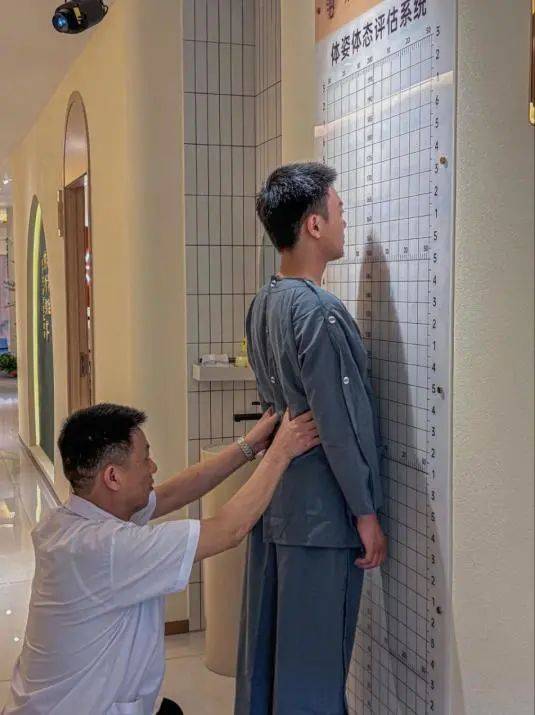
Dr. Que Poh Yuen Albert from the TCM Department of Singapore’s Gong Fang Tang notes that early symptoms of AS are often subtle and easily misdiagnosed as ordinary lumbar muscle strain. Seek medical attention promptly if you experience the following:
Morning stiffness: Lower back feels stiff like "carrying a stone slab," improving after 30+ minutes of activity.
Nighttime pain: Difficulty turning over, even waking from pain, relieved by movement.
Sacroiliac joint pain: 90% of patients initially experience pain in the lower back or buttocks, possibly radiating to the thighs.
Other symptoms: Heel pain, eye inflammation (iritis), restricted chest expansion, fatigue, and weight loss.
Note: Suspect AS if back pain persists for over 3 months, the patient is under 40, and symptoms improve with activity.
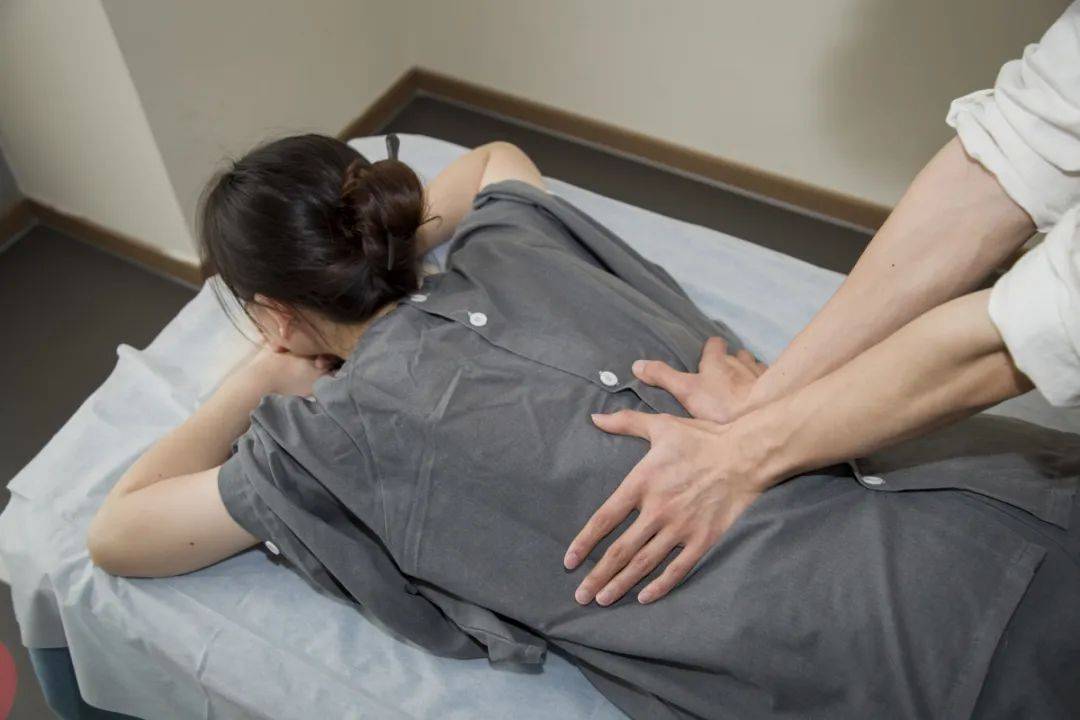
In TCM, AS is termed "Da Lou" or "Stiff Spine," often attributed to liver-kidney deficiency and invasion of wind-cold-damp pathogens obstructing meridians.
"The kidneys govern bones, the liver governs tendons." Modern lifestyles—overwork, prolonged sitting—weaken kidney qi, allowing pathogens to block qi-blood flow. Like a highway blocked by ice, restricted circulation leads to spinal stiffness and rigidity.
TCM emphasizes pattern differentiation and tailored treatment. Managing AS requires not just pain relief but also unblocking collaterals, tonifying kidneys, dispelling dampness, and regulating qi-blood.
Under professional guidance, TCM may integrate the following:
✦ Herbal medicine: To nourish liver-kidney, dispel wind-damp, and improve qi-blood circulation.
✦ External therapies: Herbal fumigation, compresses, etc., to alleviate local symptoms.
✦ Acupuncture and tuina: Stimulating meridians to relieve pain and improve joint function.
✦ Exercise therapy: Practices like Tai Chi and Ba Duan Jin enhance spinal flexibility and overall health.
Caution: All treatments must be supervised by a licensed practitioner to avoid delays or risks.
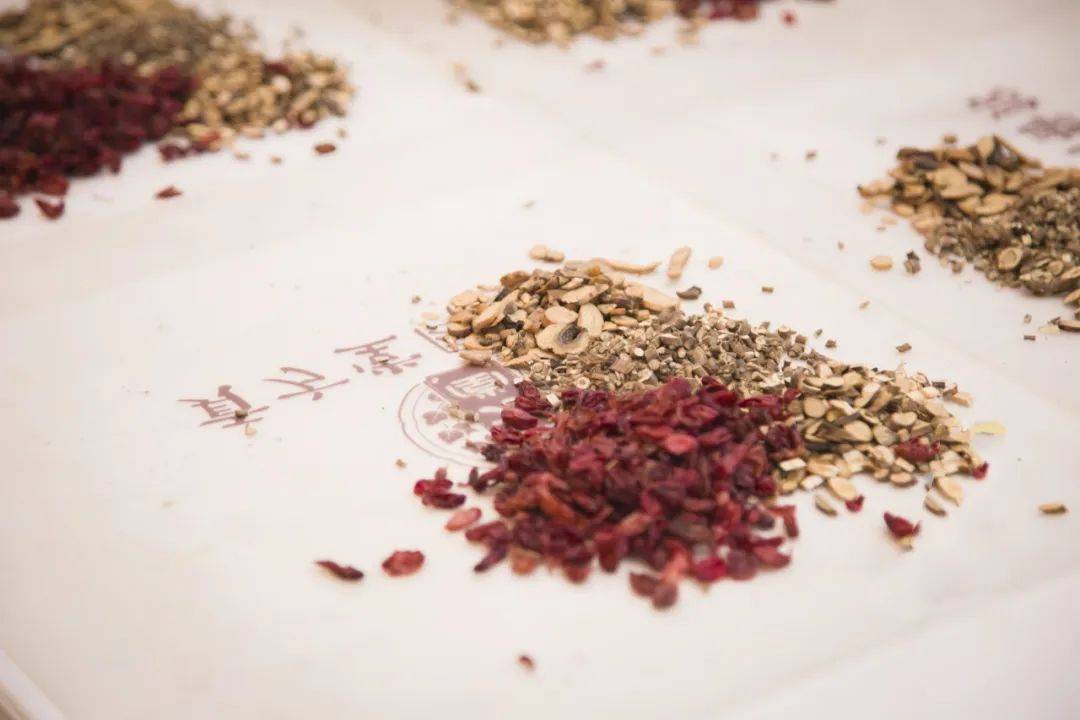
Ingredients:
Raw/processed Rehmannia root (15g each)
Cornus fruit (10g)
Cistanche (15g)
Cinnamon twig (15g)
Morinda root (10g)
Epimedium (10g)
Psoralea (15g)
Drynaria rhizome (10g)
Spatholobus stem (20g)
Sargentodoxa stem (20g)
Dendrobium stem (15g)
Honeysuckle stem (20g)
Clematis root (10g)
Dioscorea nipponica (15g)
Stephania root (15g)
Honey-fried licorice (6g)
Honey-fried ephedra (6g)
White mustard seed (10g)
Deer antler glue (melted, 10g).
(Individual variations require pattern differentiation.)
Preparation: Decoct in water, once daily. First decoction: 60 mins; second: 40 mins. Combine and take twice daily.
Effects: Tonifies kidneys, warms yang, dispels wind-damp, unblocks collaterals, relieves pain, and strengthens bones.
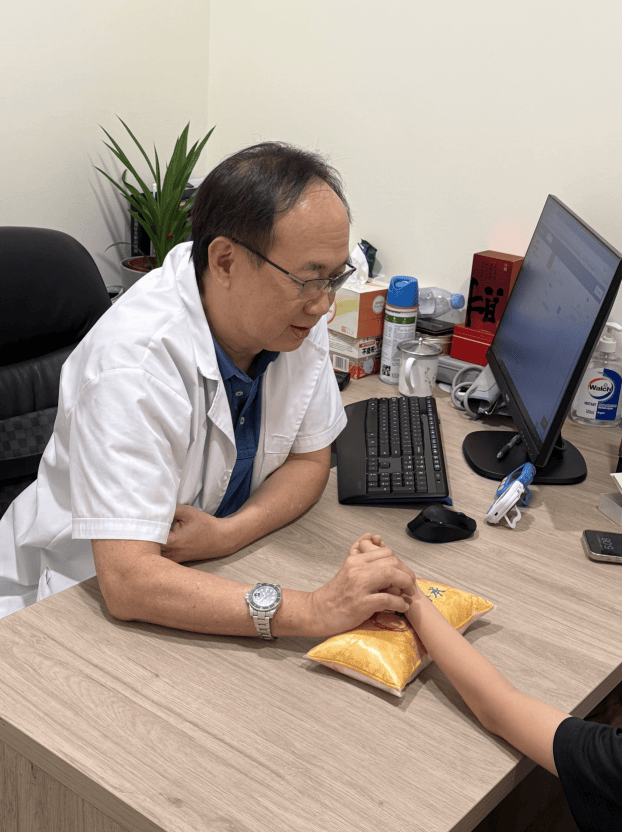
Indicated for AS-related symptoms like spinal pain, stiffness, limited flexion, joint pain, numbness, or weakness due to liver-kidney deficiency, yang insufficiency, and meridian obstruction.
For personalized advice or to inquire about this formula, consult a practitioner. This content is not a substitute for medical diagnosis or treatment. Seek professional care for proper management.
